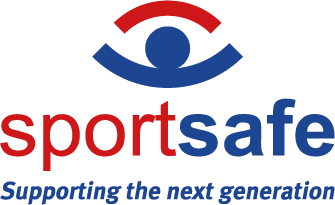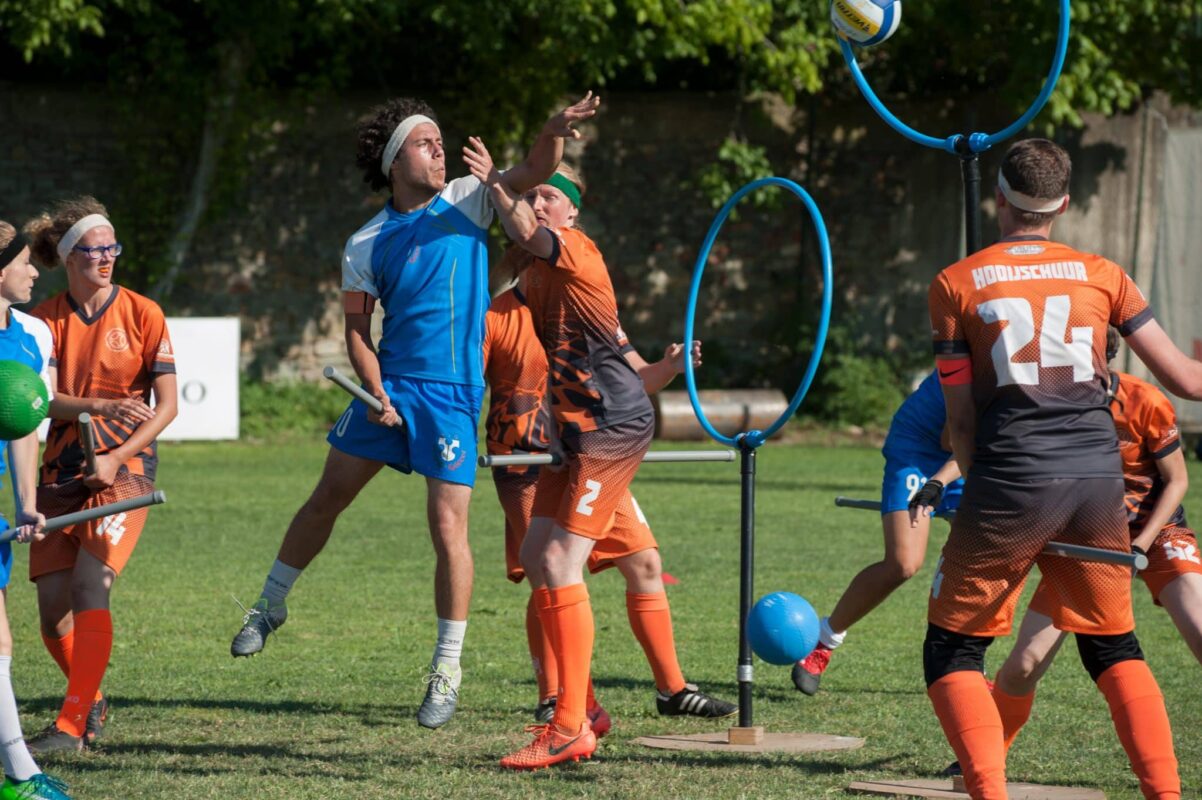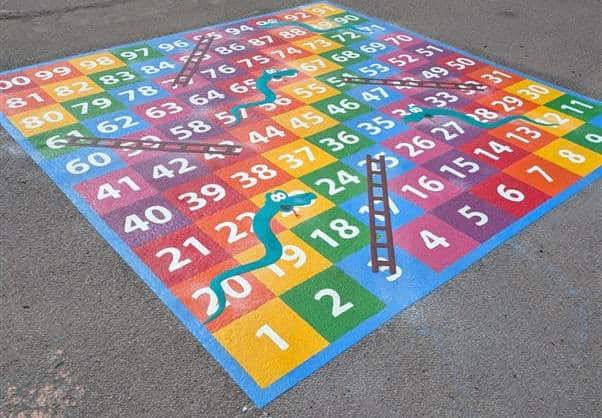A fitness suite is a high-risk environment. Depending on the size of the facility, staff may need to consider how the lesson can be organised to manage the learning safely. Where lack of space presents a hazard, staff may decide to discuss with the leadership team ways to reduce the group size.
Fitness suite activities should always be supervised appropriately. Students should be provided with an adequate introduction to all fitness room exercises. This should include:
- information concerning how to adjust cardiovascular (CV) or resistance machines to ensure joints can
- work in correct alignment
- a practical demonstration showing safe and correct technique
- teaching points explaining correct joint alignment (e.g. knee, wrists, spine, elbows)
- information about how to start and stop exercising safely
- essential safety points (e.g. only the person using the CV machine is to adjust the controls; keep hands away from pulleys and weight stacks; place free weights equipment safely and in readiness for the next person).
Some exercises using a barbell or heavy dumb-bells require spotters. It is recommended that only teachers with specific training/qualifications in “spotting” technique (e.g. UK Coaching Certificate [UKCC] Level 2 Gym Instructor or 1st4sport Level 2 Certificate in Coaching Weight Lifting or 1st4sport Level 2 Award in Instructing Weight Lifting) or significant personal experience of spotting should attempt to teach exercises that require the use of spotting skills.
Where schools are considering allowing older students (year 12 or 13) to use the fitness suite with remote supervision but with regular staff visual oversight, this should in the first instance be discussed and agreed with the employer. Parents should be informed that the opportunity is being offered to their child. Procedures should be put in place to manage this arrangement appropriately. These may include students:
- having experience of, and being deemed competent by a staff member to use, the equipment in the facility
- signing in and out of the facility
- not using the facility alone
- being restricted in the equipment they use (e.g. free weights may not be used)
- agreeing and signing up to a code of conduct for use of the facility
- understanding the emergency procedures, should assistance be required
- being intermittently supervised by staff.
[button text=”Fitness Packages” link=”https://sportsafeuk.com/indoor-sports-installations/fitness-packages/”]





